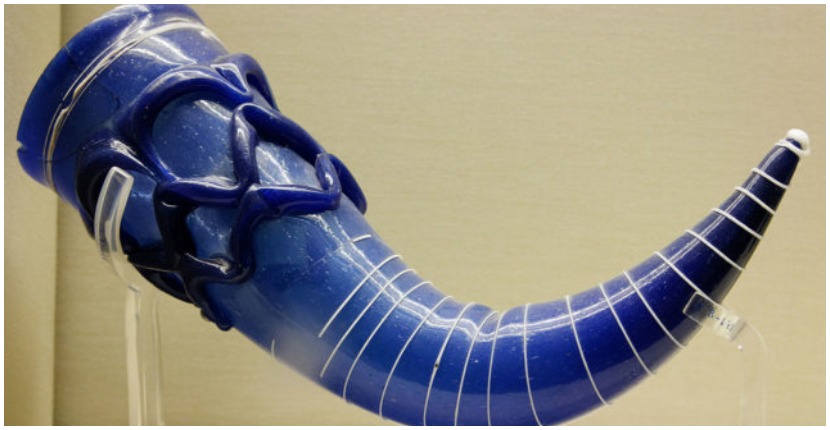Drinking horns were used in ancient times for consuming ale, milk, water, or mead. At first, the vessels were made from a horn of a bovid, and throughout the centuries various civilizations all over the world started to make them from wood, ceramics, glass, and even metal. According to historians, the horn’s history begins with the Scythians and Thracians. Other notable cultures that used them were the Romans, Greeks, and the Scandinavians.
Drinking horns were part of the way of life of the Thracians, who made them from horn and wood. Because of the frequent use of the vessels, to drink from a horn among the Greeks was known as drinking “after the Thracian fashion.” The Scythians made them from horn and metal, and mostly they were designed for the best warriors or the kings.
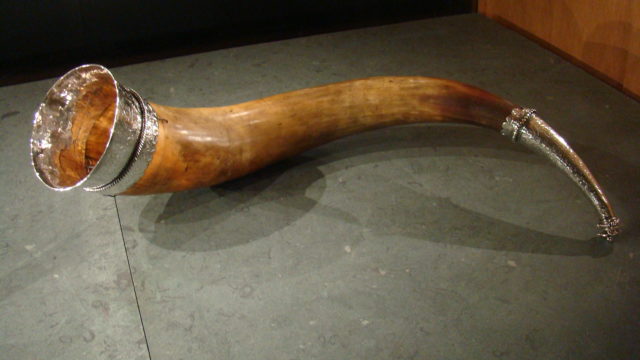
They called them rhyta and the most notable example can be seen at the Museum of Oriental Art in Moscow that dates back to the 5th century BC. Found in 1982, the vessel is made of gold and silver, and it is in the shape of the mythological stallion Pegasus. The oldest examples of rhytas were from the 7th century BC and were found in Scythian tombs.

In Ancient Greece, the vessels were known as keras, and they often used them for drinking wine during celebrations of the wine god Dionysus. There are many depictions of the wine god in Greek art and in some of them he is drinking from a horn. On some of the Greek red-figure pottery, mostly produced in Attica, Dionysus and satyr figures were painted holding keras.

The Romans were known for fascinating items made from glass, and most of their drinking horns were made from it. The glass-made horn was a symbol of power in the Empire, and Romans mostly used them for drinking at feasts and important ceremonies. During the Migration Period, the Germanic tribes were inspired by the beautiful glass-made horn of the Romans.
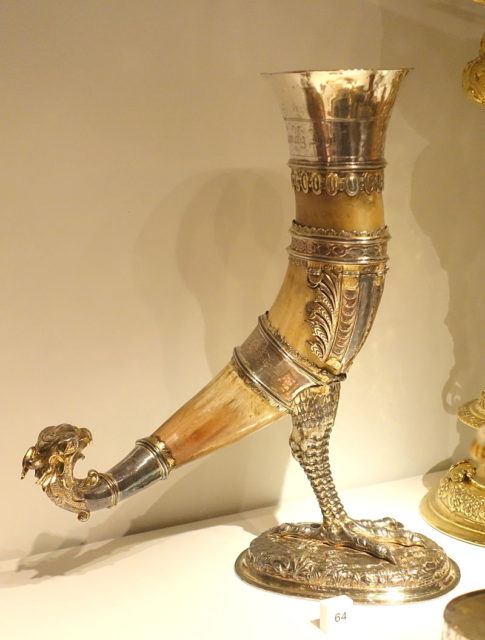
In the Viking Age, many of the horns were found in burial sites. From the Germanic Roman Age to the Viking Age, the horns were mostly buried in female graves together with other drinking equipment.
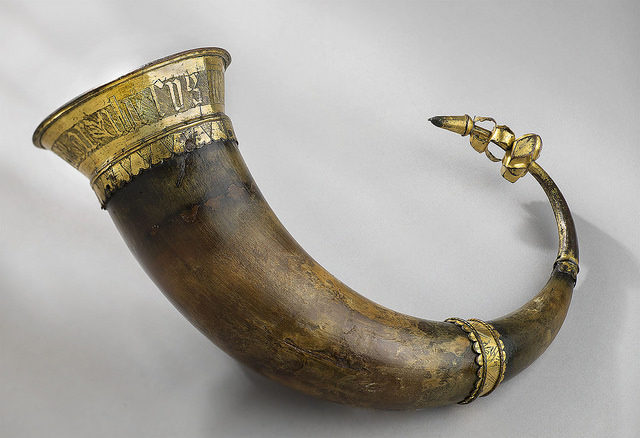
They were also included in the Anglo-Saxon epic Beowulf and the oldest poem of the cycle of poems about the legendary hero Sigurd known as Guðrúnarkviða II.
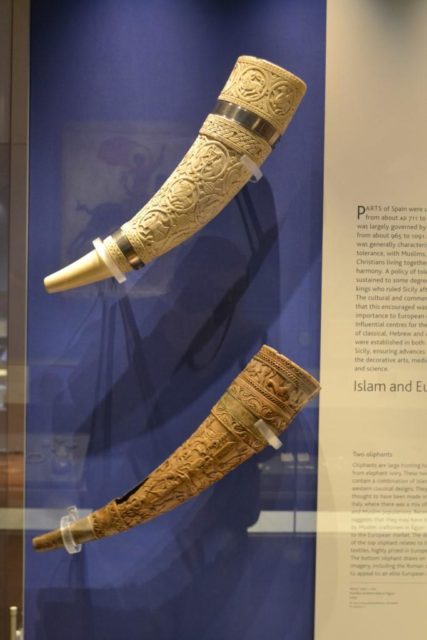
Some fitting a description of drinking horns were found at the burial site near Woodbridge, Suffolk, known as Sutton Hoo and according to Thor News, there are preserved parts of almost 20 Viking horns in the NTNU University’s Museum’s collections in Trondheim.
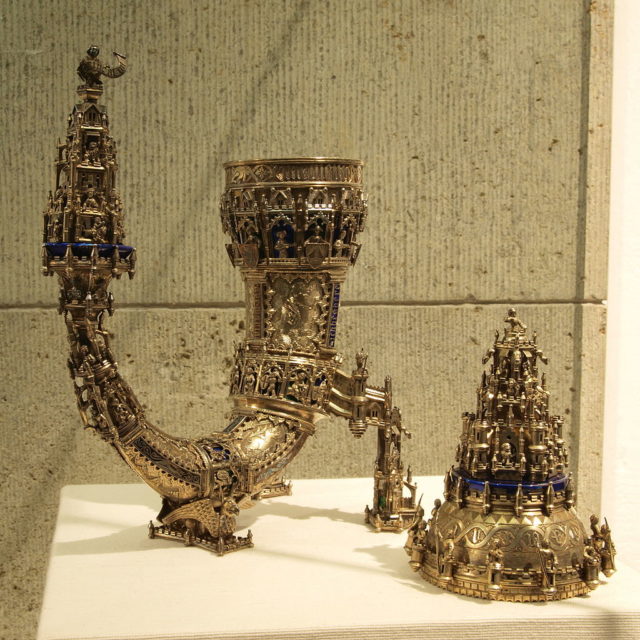
They became popular in Medieval Europe in the 13th century after many pagan cultures converted to Christianity. The Christians used the drinking horns with enthusiasm, and in the 15th century, they became ceremonial drinking vessels. In medieval literature, the horns were mentioned in a Middle English chivalric Romance known as King Horn from the 13th century and in the Arthurian tale of King Caradoc. In the Early Modern period, they were still popular for ceremonial purposes.
Read another story from us: Kottabos- The ancient Greek drinking game
The famous author J.R.R. Tolkien mentioned them in his novels as drinking and blowing objects, and in the popular TV series Vikings the viewers can see the drinking horns being used. They also appear in different shapes and style in many fantasy video games, for example, The World of Warcraft or Might & Magic.
